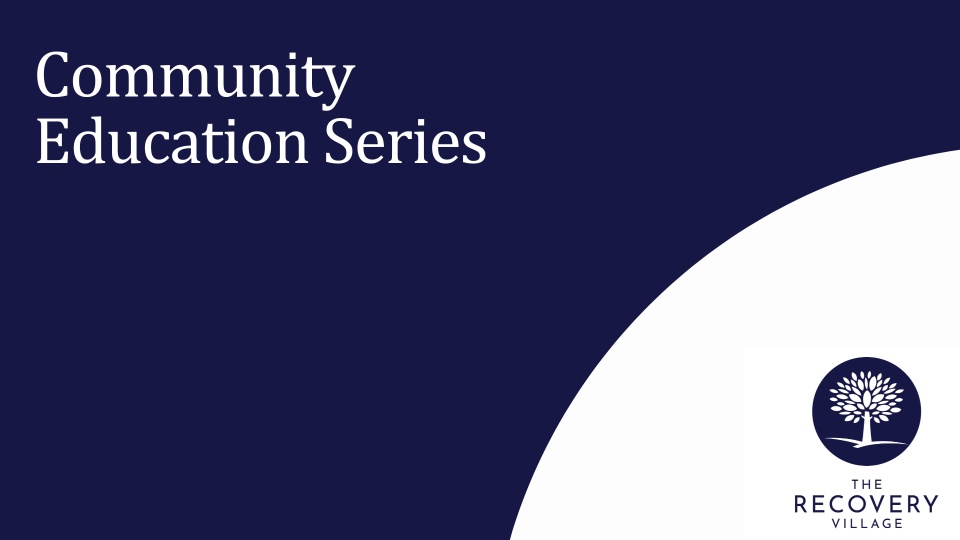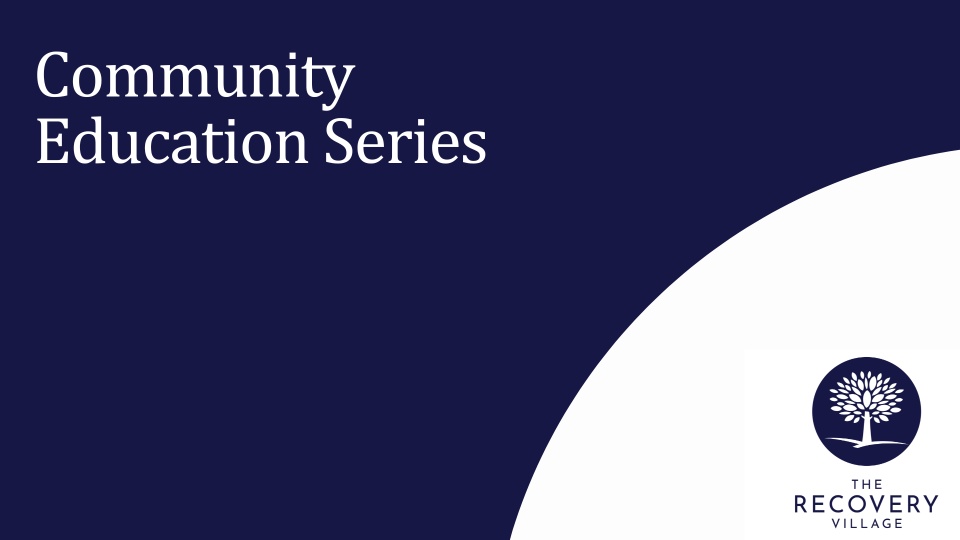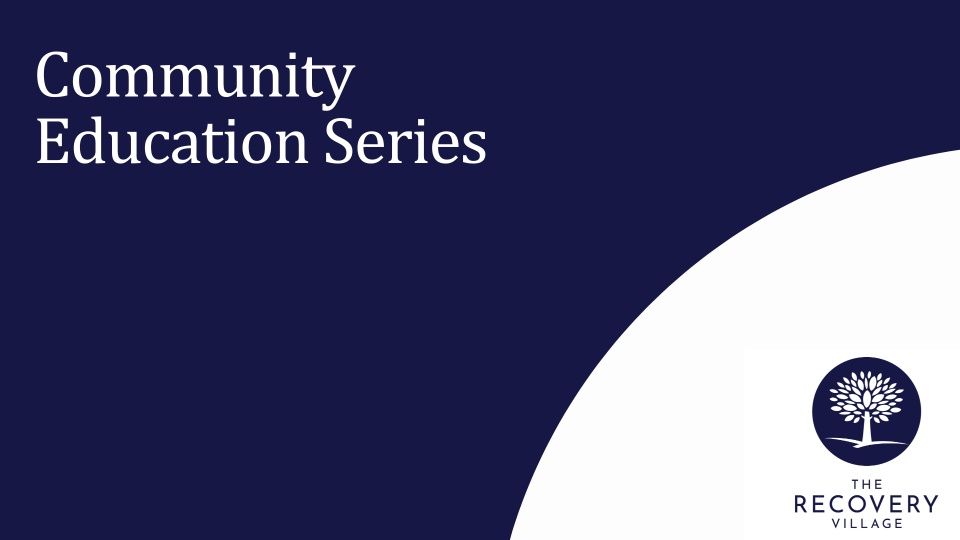Neil and Melissa Wright explain the power of using metaphors in therapy and demonstrate ways that you can use them effectively while working with clients.
The Myths of Our Mind
Objectives and Summary:
The myths of our minds affect us all. When we are more aware of our personal mythology, we can be more effective in evolving the myth of our minds.
After watching their presentation, the viewer will be able to:
- Identify and explore the intersections of modern psychology and mythology
- Provide insight and techniques for how clinicians can help evolve their personal mythologies using psycholinguistics
- Self-reflect on their own personal mythologies and how they impact their clinical work and effectiveness









